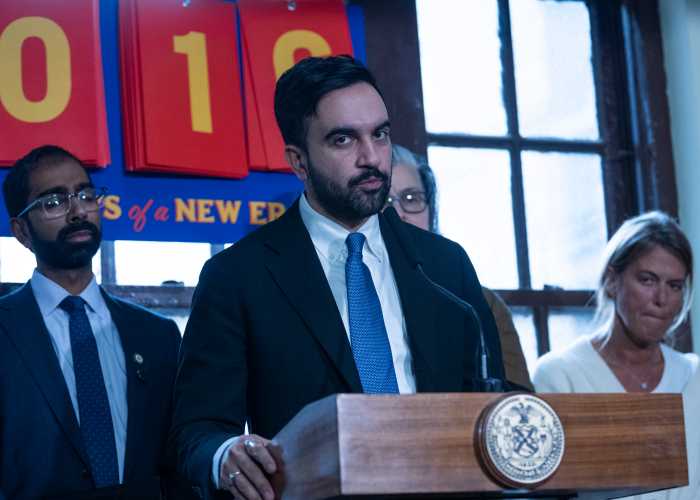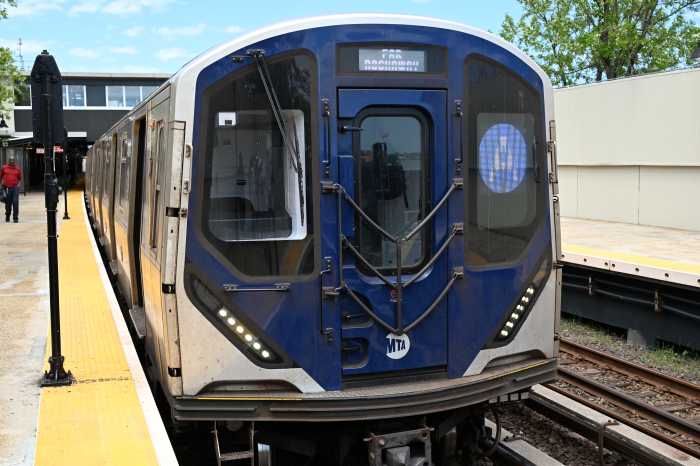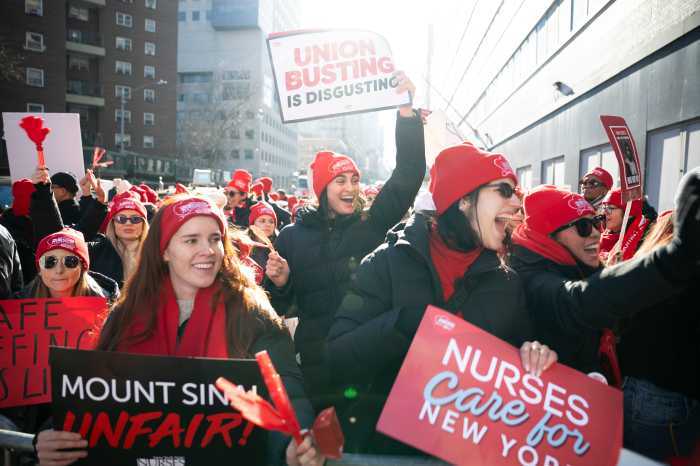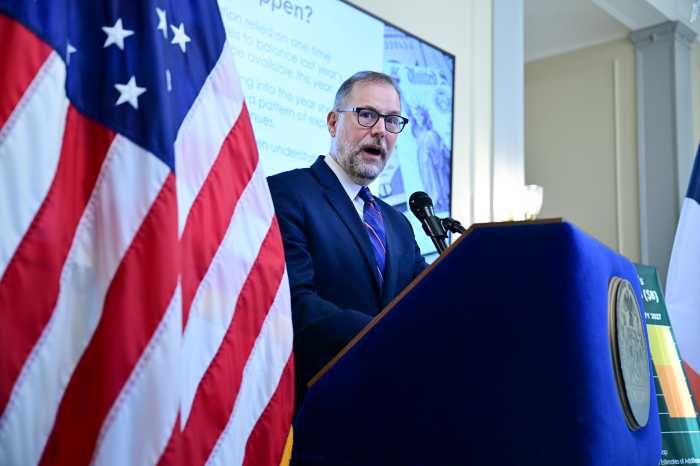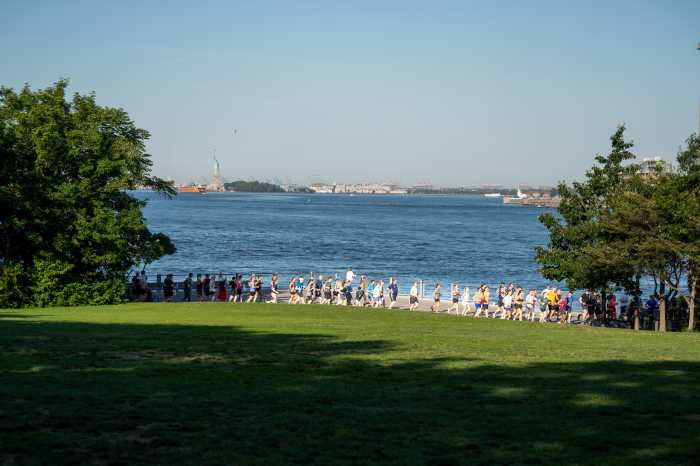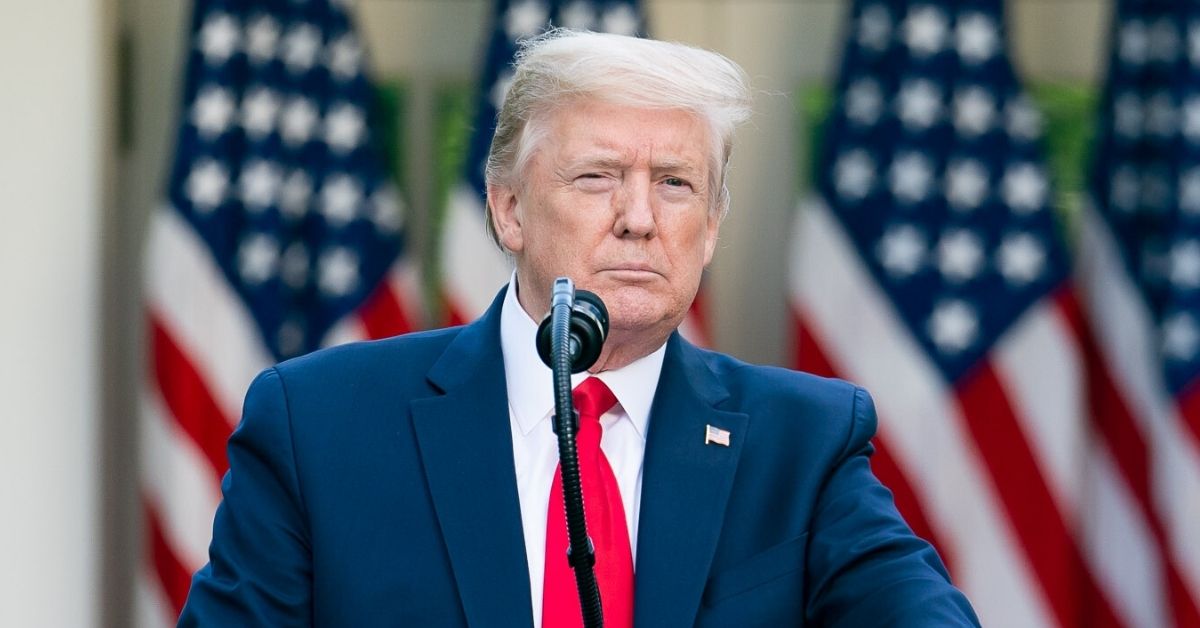There’s baseball in the Bronx, and Queens and football around the corner, but starting Monday, it’s tennis season in the Big Apple.
U.S. Open organizers said they’ve put in a lot of work to make sure this year’s tournament, always a key cog in the city’s annual economic engine, delivers for fans and businesses alike.
“There is a certain fan expectation associated with the U.S. Open,” said Chris Widmaier, a spokesman for the USTA. “It’s important to us that we commit to that and make sure that players know this is the best tournament in the world.”
Widmaier said there will be 700,000 people coming to the tournament in Flushing over the next two weeks, 45% of whom are from outside of the New York City area. Widmaier said those visitors will spend big bucks to see such stars as Serena Williams and Novak Djokovic, but they’ll have plenty left over for the Big Apple’s other sights and sounds.
A study issued by the USTA three years ago found the tournament had a $750 million economic impact on the city, which Widmaier said is more than all other New York sporting events combined.
“The investment is in the grassroots,” he said.
The growing tournament, which has seen a steady rise in attendance throughout its history, has had a particularly major effect on Queens, according to borough president Melinda Katz.
Katz said that visitors have recently spent more time in Corona, Flushing, Forest Hills and other surrounding neighborhoods when they’re not scoping out matches, and she’d like to see that trend increase.
“There is more of a concerted effort to get people to stay here,” the borough president said.
The tournament also has renewed interest in the sport and has created a new generation of players, according to Neal Feinberg, the head pro and club manager at Yorkville Tennis Club in Manhattan.
Feinberg, a 40-year tennis veteran, said his group gets a spike in bookings from both kids and adults during the tournament.
“It’s such a New York City phenomenon,” he said. “It makes tennis more attractive, appealing and accessible.”
The USTA also pointed to a wealth of new amenities and services at the Billie Jean King National Tennis Center.
Elevated galleys were constructed so that 1,300 spectators can scope out the practice courts.
“The fans would have to gather in that tight clutch; now it’s going to be wide open and a lot of breathing room,” Widmaier said.
The USTA also will set up three video walls that display social media updates during the matches. Each wall will have a different focus: one will be about the fans, another will be about the players and the third will be about the on-court action.
Widmaier touted food offerings from celebrity chef Richard Sandoval and other features as key parts of the Open’s global appeal.
Attendees “have seen tournaments at Wimbledon, France, Australia, and we have to raise the bar,” he said.



